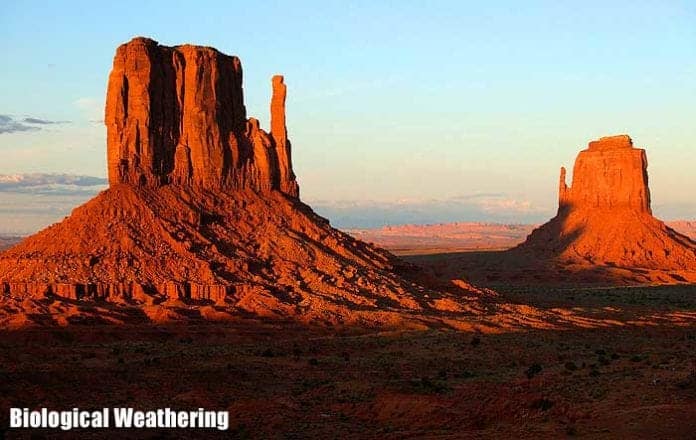
Biological Weathering: Did you ever wonder where the soil beneath your feet comes from? The answer? Rocks! For instance, rocks became disintegrate and are broken down into smaller particles in a process called weathering.
The weathering process can form soil by supplying particles like clay, silt, and sand. Also, the elements from the weathered rocks provide nutrients for plant and animal consumption.
In the environment, there are, in fact, three types of weathering that occur, namely Physical Weathering, Chemical Weathering, and Biological Weathering.
We’ll explore the biological weathering in detail on this page.
Table of Contents
What is Biological Weathering?
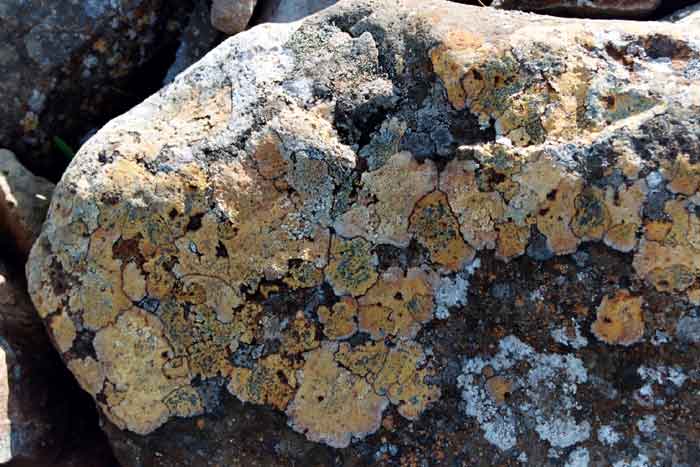 As its name suggests, biological weathering is a type of weathering brought about by various activities of living organisms. Along with other types of weathering, biological weathering can contribute to the further degradation of rocks and rock particles by making them more susceptible to other environmental factors, whether be it biotic or abiotic factors.
As its name suggests, biological weathering is a type of weathering brought about by various activities of living organisms. Along with other types of weathering, biological weathering can contribute to the further degradation of rocks and rock particles by making them more susceptible to other environmental factors, whether be it biotic or abiotic factors.
Types of Biological Weathering
Living organisms can contribute to the process of weathering in many ways. Depending on how rocks and rock particles are broken down, biological weathering is of two types: by physical means or by chemicals and organic compounds.
Biological Weathering By Physical Means
This type of weathering occurs when a force or pressure is applied to break rocks apart or degrade the minerals in them. Increasing the exposed surface area of rocks makes it possible for other physical factors to speed up their degradation.
By Plants
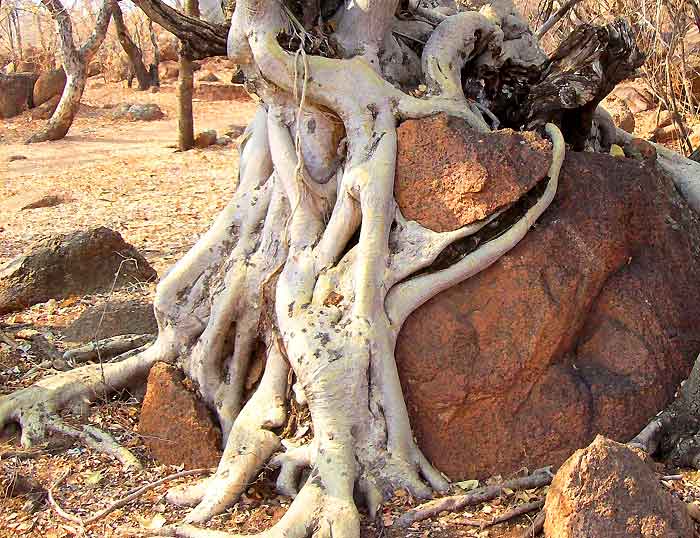
- Plants can grow anywhere if there is water. Trees or plants’ roots can biologically weather rocks by growing into the cracks and fractures of rocks and soil. As a result, they become more prone to breakage and eventually fall part.
By Animals
- Burrowing animals like shrews, moles, earthworms, and even ants contribute to biological weathering. In particular, these animals create holes in the ground by excavation and move the rock fragments to the surface. As a result, these fragments become more exposed to other environmental factors that can further enhance their weathering.
- When animals like birds forage for seeds and earthworms, they create holes and erode the upper surface of the soil, thus, contributes to weathering.
- An animal called the Piddock shell can drill into rocks for it to protect itself. By producing acids that can disintegrate the rock and turn it into fragments, it can create cracks and fractures and eat the minerals found in it.
- Like any other animal, humans can also indirectly contribute to biological weathering. Merely walking and running makes the soil particles crushed into smaller pieces. Other human activities, such as planting and road construction, can also contribute to biological weathering.
- When the roots of plants grow deeper into the soil, they tend to create cracks and crevices in marbles and limestones by producing certain acids that can eventually degrade them.
- According to studies, the mere presence of roots in the soil can wear out soil and rocks through the presence of humus. Humus, an organic component of the soil, can increase the availability of water, which then enhances the physical and chemical breakdown of rocks.
- When plants die, their roots (and other parts as well) are decomposed and are later on converted to organic matter which produces carbon dioxide. This carbon dioxide (CO2), when combined with water (H2O), produces weak carbonic acid, which can degrade the surfaces of rocks and rock particles.
- While ants and termites can contribute to the physical breakdown of rocks, these animals can also contribute to their biological degradation. Aside from creating holes and passages in the ground, these animals also make possible the easy passage of oxygen and water to the soil, bringing the dissolution of soil, rocks, and rock particles.
- When animals die, their bodies are converted to substances, which when combined with minerals found in the soil and rocks, can contribute to their degradation.
- One example of such activity is exhibited by lichens. In general, a lichen is a symbiosis between an algae and a fungus.
- The minerals in rocks are liberated when a fungus releases chemicals that can break them down. Such minerals are then consumed by the alga, further causing the wearing and development of cracks and gaps in the rock. As a result, cracked rocks become more prone to disintegration.
- Some fungi produce siderophores, a type of chelating agent which can absorb various minerals and nutrients from the soil. By trading cations for hydrogen ions, siderophores make the soil more acidic and more prone to degradation.
- Another good example of biological weathering of rocks is by a group of bacteria called Actinomycetes. According to a study published in the Journal Microbial Ecology, these bacteria, through acid production, mineral solubilization, and metal leaching, have successfully degraded rocks in Egypt.
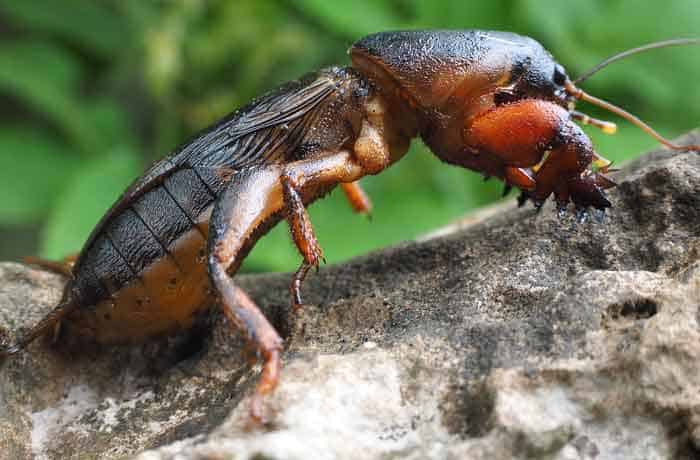
![]()

![]()
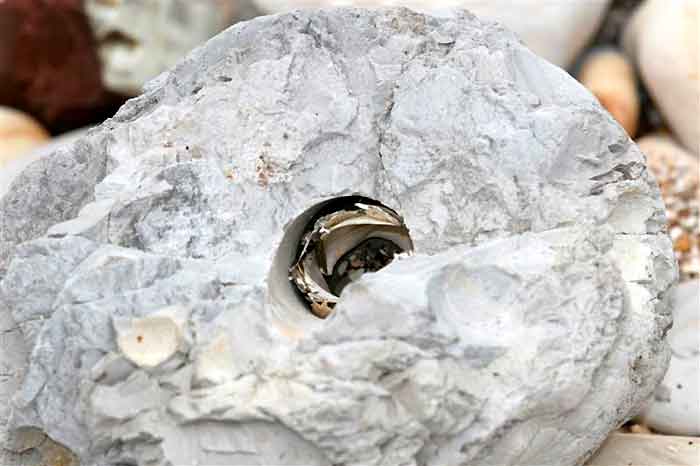
![]()
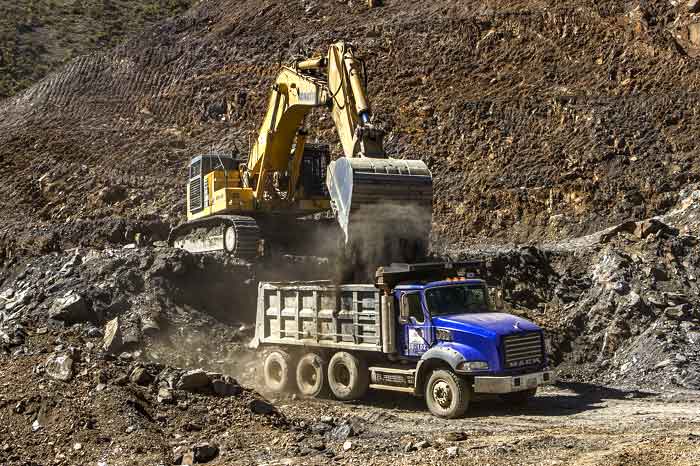
![]()
Biological Weathering By Chemicals/Organic Compounds
In this type of weathering, living organisms contribute through organic compounds containing molecules that acidify and corrode rock minerals. Because of such a mechanism, biological weathering is also called organic weathering.
By Plants
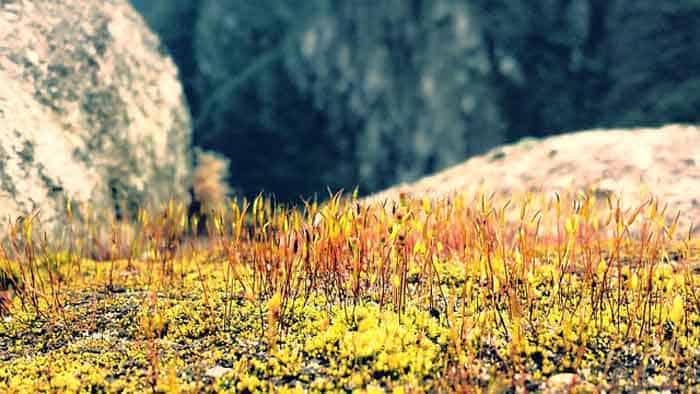
![]()
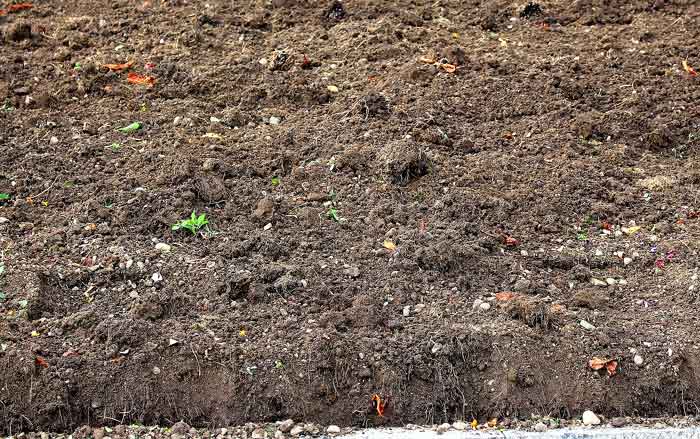
![]()
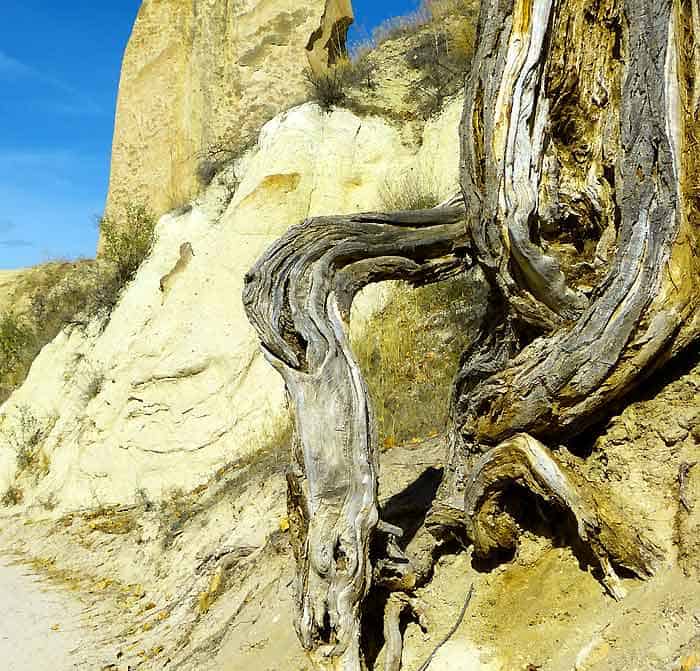
![]()
By Animals
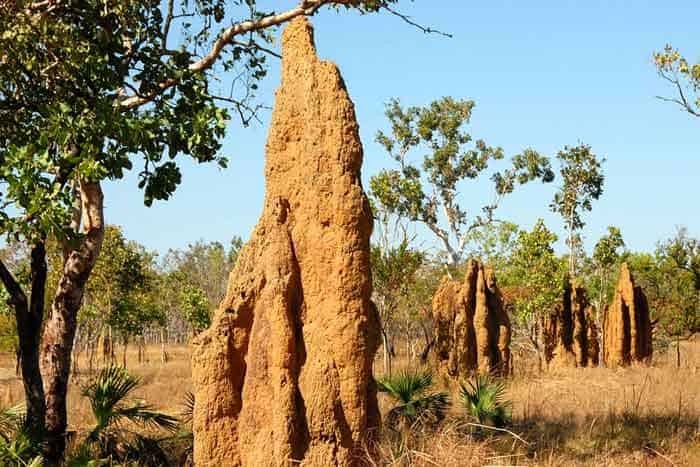
![]()
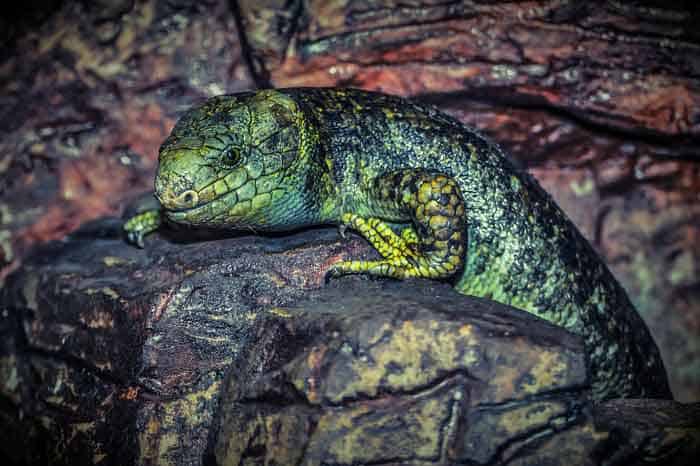
![]()
By Microorganisms
Despite their minute size, did you know some microorganisms can also break down the largest rocks and hardest of soil?
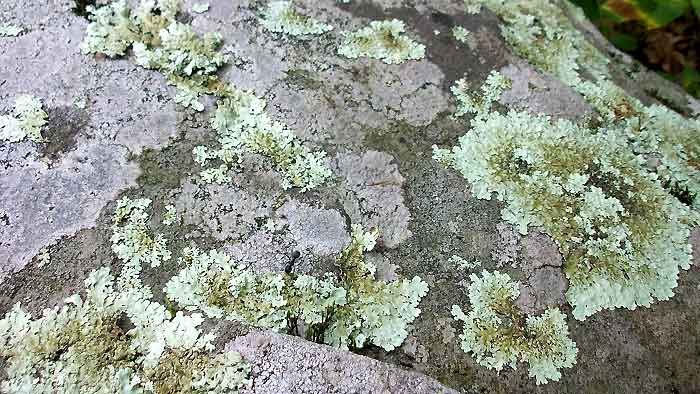
![]()
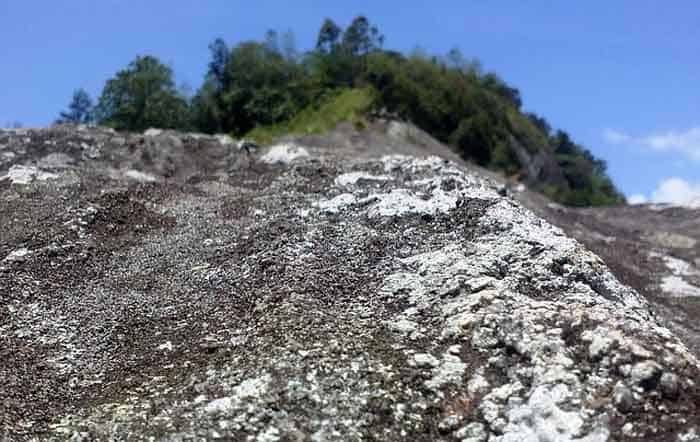
![]()
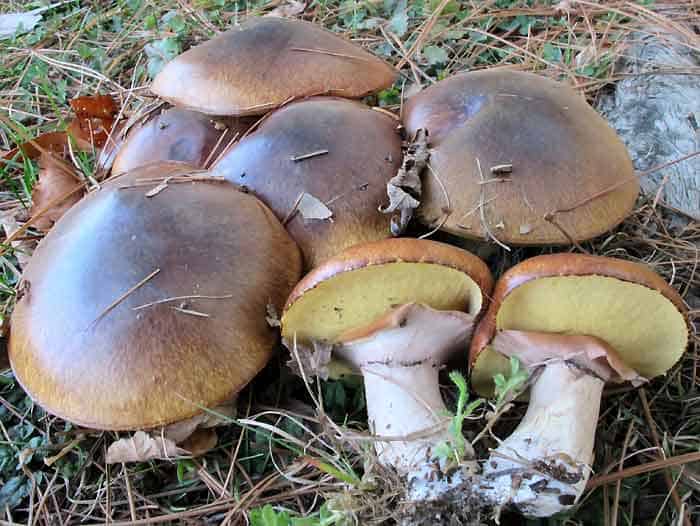
![]()
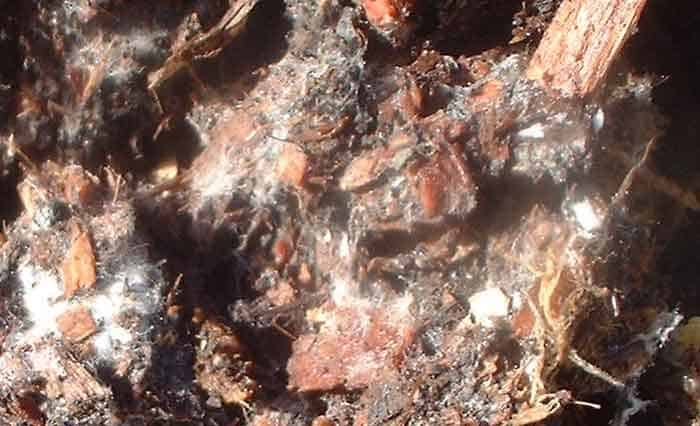
![]()
Extreme Biological Weathering Examples
Ta Prohm – Ankor Wat Temple | Cambodia
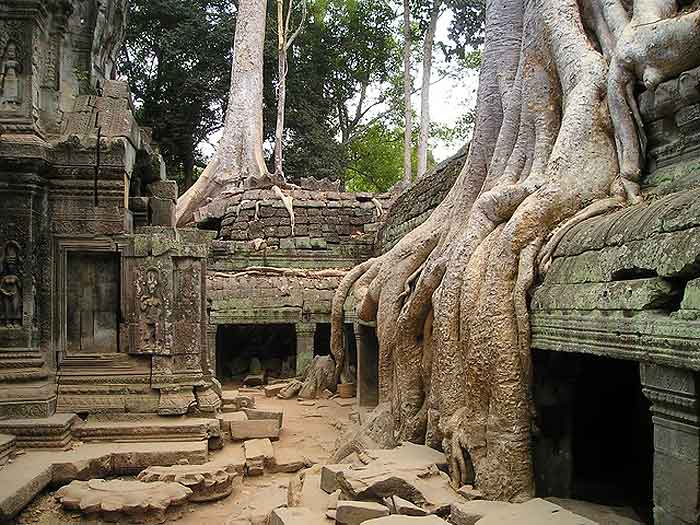
Steeply Dipping Sedimentary Rock Strata | Iran
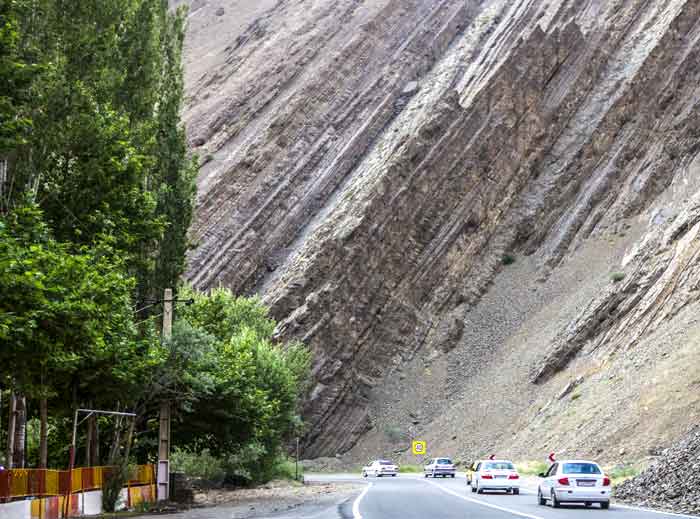
Sandstone in Lower Antelope Canyon, Arizona | USA
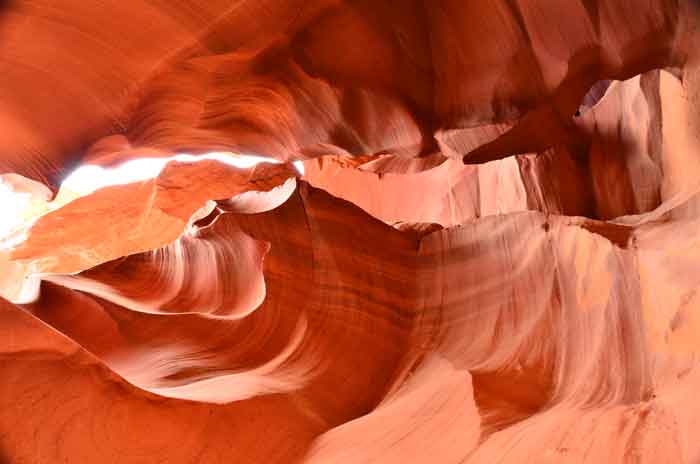
Sedimentary Rock With Sandstone | Malta
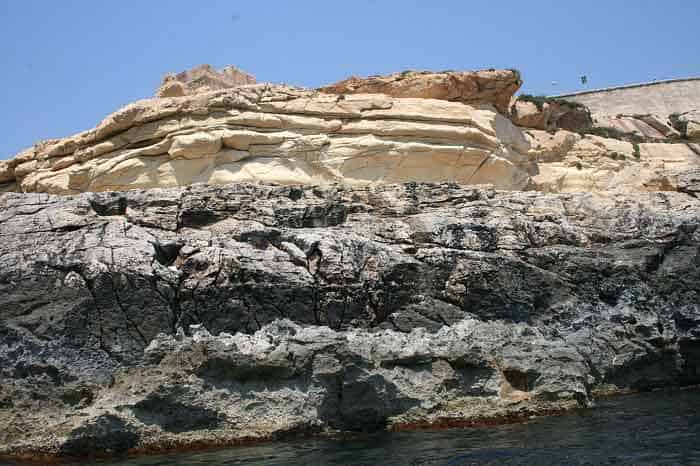
Advantages of Biological Weathering
As alluded to earlier, weathering is responsible for the creation of soil. Below are some other benefits of biological weathering:
1. Formation of Nutrient-Rich Soil
The very process of weathering creates the soil, allowing life to flourish on Earth. It is important to note that minerals cannot be accumulated in the soil; hence, no nutrients will be available for plant and animal consumption.
2. Creation of Sediments
When broken, some rock pieces and particles eventually turn into sediments that are formed into different types of sedimentary rocks like sandstones and limestones. Usually, the broken rock pieces are usually deposited by rivers and compacted by great pressure, enough to create a sedimentary rock.
3. Contribution To Land Formation
Like the formation of sediment rocks, biological weathering can also contribute to the formation of landmasses and landscapes. The process tends to be very slow as it needs a lot of time to accumulate soil and rock particles, along with intense pressure to carry it out.
Disadvantages of Biological Weathering
While biological weathering has good effects, too much of it can be catastrophic and might pose a potential danger to life. The following are just some of them.
1. Erosion of Soil
Ironic how the process that creates soil for vegetation and makes life possible on Earth also contributes to its erosion. When soil particles are broken down into smaller particles, it becomes easier to carry them away by environmental factors like water and wind. Concerning this, when the topsoil gets eroded, its fertility declines, causing a simultaneous reduction in the productivity of the land.
2. Mass Wasting
Mass wasting is a phenomenon wherein rocks are broken down into smaller particles up to a point they make possible an erosion further enhanced by gravity. For instance, a mudslide is a type of mass wasting wherein soil and rock particles are mixed, forming a mud pool that can bury almost anything. Another type of mass wasting is rock slides. As its name suggests, rock slides are huge masses of rocks fallen off by an avalanche[8].
3. Gradual Break Down
The saying “Life will always find a way” proves true for this example. As explained earlier, plant roots can grow in gaps beneath concrete, creating a strong force to break it. Sometimes, the effect can be damaging as it can make them more prone to breakage even with slight disturbances like an earthquake.
Imagine if weathering never occurred; the Earth would have a surface of bare rock, and no plant or animal life could exist. However, as previously stated, too many process occurrences can be catastrophic. Over time, even the largest and strongest concrete rocks will erode. While the biological processes exhibited by living organisms are inevitable, humans can make certain efforts to mitigate their harmful effects.
Various environmental organizations promote planting trees in eroding mountains and other landmasses. As a biological organism (that, directly and indirectly, contributes to biological weathering) of planet Earth, can you think of other ways, too?


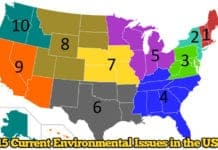
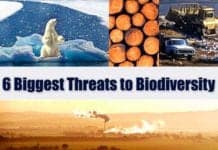
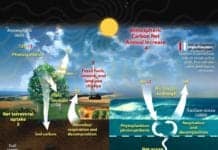










It is impressive what weathering can do to rocks, The images are breathtaking!
Thanks for the advance feedback
The article was helpful